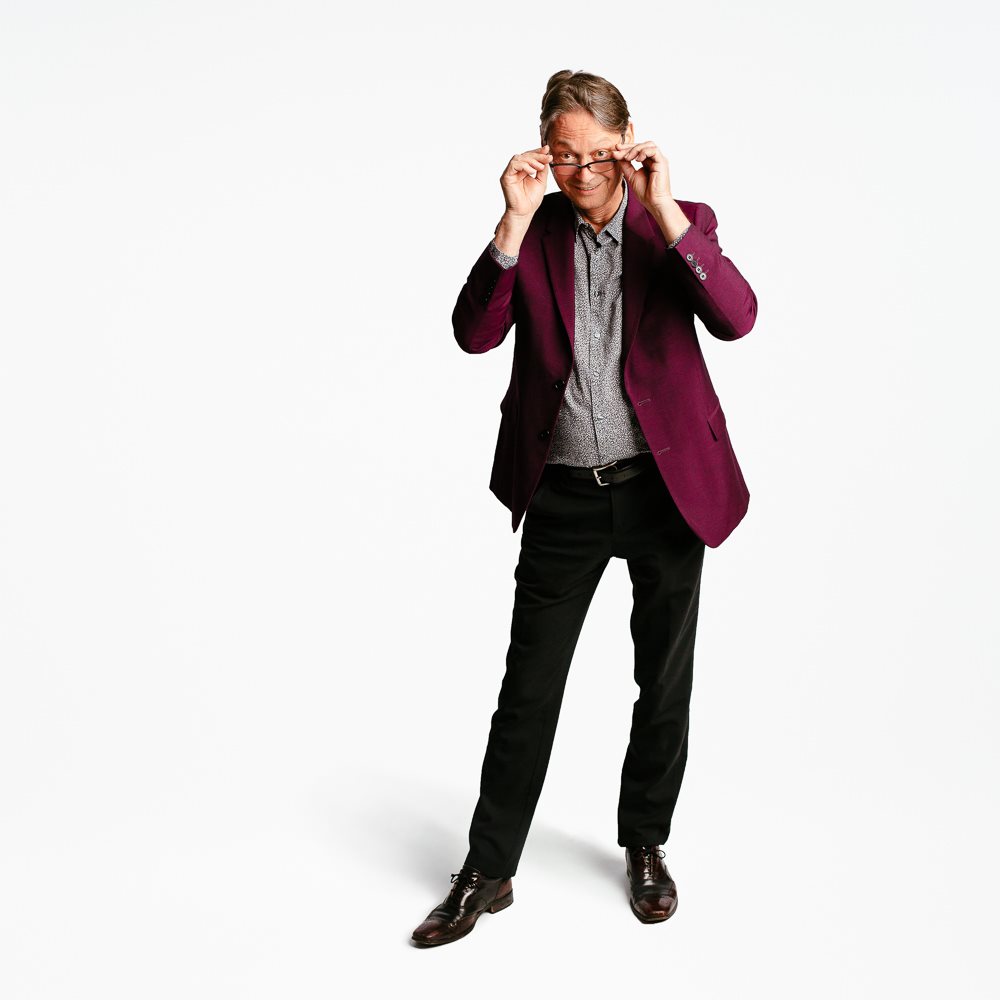Mark Hammond
Mark Hammond, VP, Programming for Civic Theatres Toronto, has been a tenacious and irreverent force in Toronto’s cultural scene for over 40 years. He is a sought out mentor, oft relied upon arts manager, internationally respected festival producer, and a calculated, risk-taking dance promoter.

Photo of Mark Hammond by Sean Howard
What does it mean to you to be nominated for the Margo Bindhardt and Rita Davies Award?
I’ve been working in Toronto for 42 years and I’ve never been nominated for anything before, so it’s really amazing.
The Margo Bindhardt and Rita Davies Award is presented to an individual who has demonstrated creative cultural leadership in the development of arts and culture in Toronto. What does leadership in the arts mean to you?
For me specifically, leadership means finding a niche or niches, and doing things that no one else is doing. It’s about bringing culture to Toronto that no one else is bringing.
What’s your approach to leadership?
I’m a programmer, I’m a promoter, I’m a producer, so my approach is to put a team around me that I know are going to work their asses off, and who love the arts as much as I do.
Your work has involved introducing the city and its artists to some of the best performing arts the world has to offer, particularly in the field of dance. What is it about dance that you love?
When I was at University, I studied English and American literature. It was all about words, and I got sick to death with words. Now, I love more than anything non-verbal artforms. I still go to the theatre, and I still enjoy the theatre, but non-verbal art forms are my favourite.
The field of programming is very specific and intentional. What do you look for when programming a show, both from Canada and internationally?
Looking for shows that are going to work in a 3,000 seat theatre – which is what I now do – is not an easy task. It obviously has a limited spectrum, because it has to be of a certain size. Within that what I’m looking for is work which will actually mean something to as many people who will come as I can possibly think of. I'm also looking for things that will entertain, because we are in the end an entertainment venue. It’s really about finding that fine balance of making a statement that hopefully makes me and the world a better place, and is also entertaining.
Your work has added to the cultural vitality in Toronto in part, through exposing Torontonians to ground-breaking performances. What does a city and its residents gain from arts access/ arts exposure?
What the residents and the City of Toronto gain form direct arts exposure is the same as any human being anywhere else in the world. A human being in the world without art is a hopeless empty void on a personal and cultural level. For me, the most important thing about bringing art to people is that it hopefully gives them something more in their lives that they didn’t have the moment before they experienced it, no matter what genre.
You’re also known as a mentor. How do you think Toronto’s arts community is doing in terms of skills sharing and collaboration?
Skills sharing and collaboration in Toronto I think is at a pretty good level. What’s most important to me about mentoring is that you actually get to do a one-on-one passing on of your knowledge. I think as more and more of us from the 70’s generation/ early 80’s generation are moving aside, the more information that we can pass on, the better. I urge everybody in my generation to get mentoring.
You came into the role of CEO of the Sony Centre when its future was in question. Now, the programming at the Centre seems stronger and more diverse than ever. What have you done to make this happen? Can you speak about the importance of the Sony Centre as a cultural institution to the city?
The most important thing about The Sony Centre as a cultural institution – and it’s a much maligned institution over the years – is that it’s the only major road house we have. We don’t have another major roadhouse, and people don’t think about that. If an artist wants to come, or a promoter wants to bring an artist to the city and they are of a certain size, they have to play at the Sony Centre. What’s beautiful about being able to work in a place like The Sony Centre is that I can look at the entire world. I can look at Africa, Asia, sub continents, I can look at Europe, South America, and if it’s of size, I can put it in the Centre. More so, we have people in the city who will go see it.
Learn more: www.sonycentre.ca